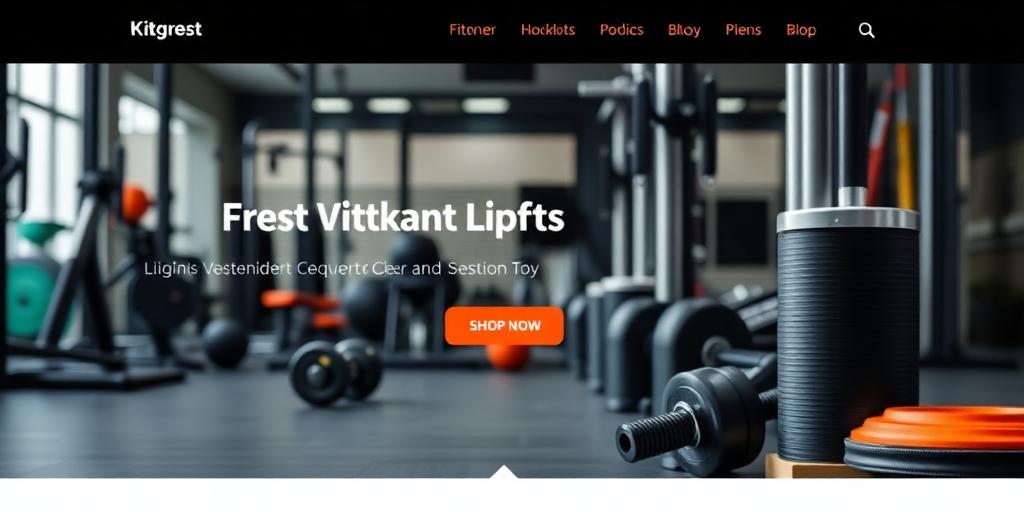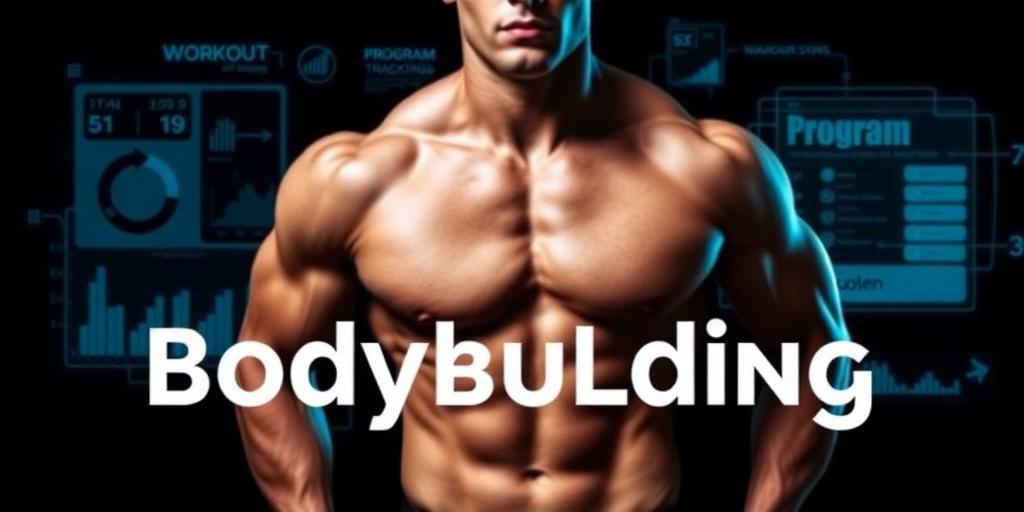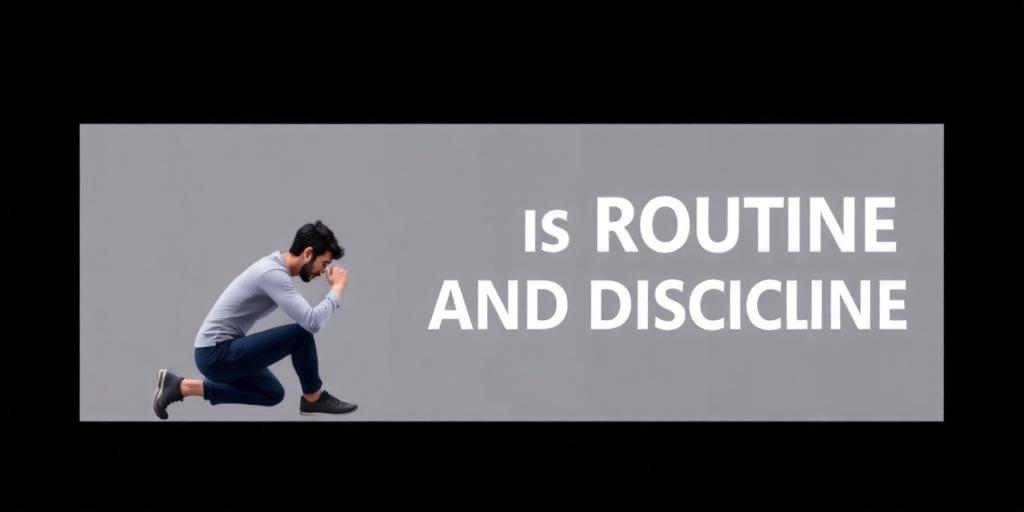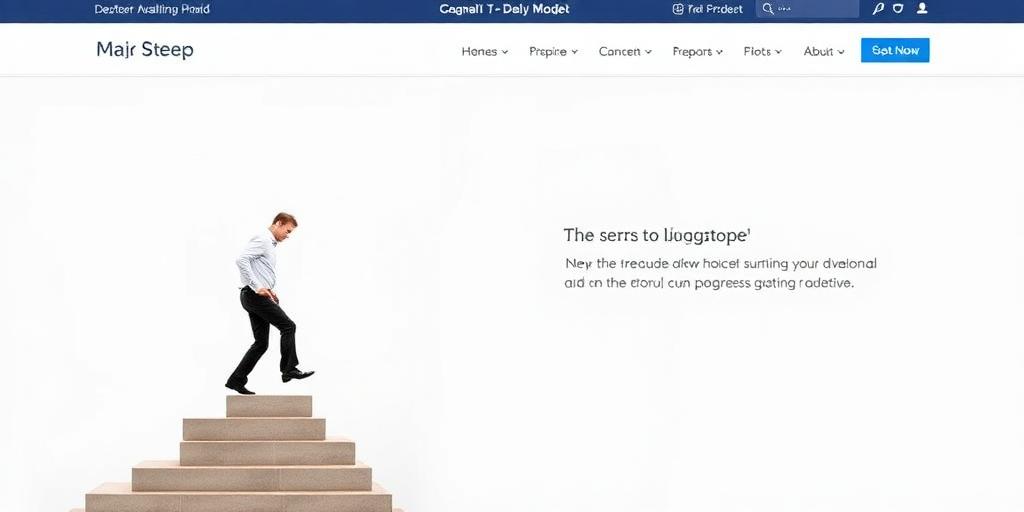Choosing the right workout program structure can be overwhelming, but understanding the basics makes it easier. Here, we break down the top 3 workout program structures to help you achieve your fitness goals.
1. Full Body Workouts Full body workouts involve training all major muscle groups in each session. This approach is ideal for beginners and those who can only workout 2-3 times per week.
- Benefits:
- Efficient for time-crunched individuals
- Promotes overall strength and muscle balance
- Enhances cardiovascular fitness
- Example Structure:
- Monday: Squats, Bench Press, Rows, Overhead Press, Deadlifts
- Wednesday: Lunges, Push-ups, Pull-ups, Pike Push-ups, Plank
- Friday: Deadlifts, Overhead Press, Rows, Bench Press, Squats
2. Upper/Lower Splits Upper/lower splits divide your workouts into upper body and lower body days. This structure allows for more focused training and recovery.
- Benefits:
- Increased training volume for specific muscle groups
- Adequate recovery time between sessions
- Suitable for intermediate lifters
- Example Structure:
- Monday: Upper Body (Chest, Back, Shoulders, Arms)
- Tuesday: Lower Body (Quads, Hamstrings, Glutes, Calves)
- Thursday: Upper Body
- Friday: Lower Body
3. Push/Pull/Legs (PPL) Push/Pull/Legs (PPL) separates exercises based on movement patterns. Push days focus on pushing exercises, pull days on pulling exercises, and leg days on lower body.
- Benefits:
- Structured muscle targeting
- Balanced muscle development
- Suitable for advanced lifters
- Example Structure:
- Monday: Push (Chest, Shoulders, Triceps)
- Tuesday: Pull (Back, Biceps)
- Wednesday: Legs (Quads, Hamstrings, Glutes, Calves)
- Thursday: Rest
- Friday: Push
- Saturday: Pull
- Sunday: Legs
Choosing the right workout program structure depends on your goals, experience level, and available time. Experiment to find what works best for you!









